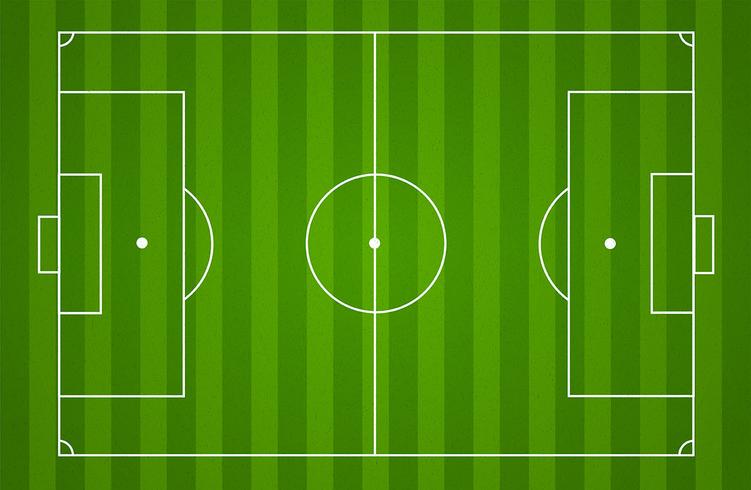
Terry Feng, who is a new student at SMIS, didn’t know SMIS disaster procedures on 2025 April 17th, as SMIS hadn’t taught students the disaster procedure in the school year 24-25. Fortunately, there hasn’t been a disaster yet in this school year, so there haven’t been any injuries or incidents so far. However, as a result of new students not knowing SMIS disaster procedures, it could have led to other issues.
In St. Mary’s International School, students knew what precautions to take during disasters in general, however, some students didn’t know the SMIS procedures, such as Terry. While he knew what to do during disasters and could stay safe if a disaster were to happen, he was unaware that he needed to evacuate to the field. Teachers need to take attendance after evacuating to confirm that everyone was able to leave the building safely, to the field. This means that if a student is unaccounted for, other people, such as firemen, would need to go back into the building to search for the missing student.
If someone needs to go back into the building, it poses new threats to the people or person searching for the student, as they would need to face the dangers of the disaster. For example, if there were a fire and a student rushed to evacuate, and left the school without going to the field, which is where the students are required to evacuate to, the teachers would suppose that the student is still in the building. This misunderstanding would prompt someone to re-enter a dangerous environment, risking their life, searching for a student who is already safe.
From doing this, the people or person searching for the student could get harmed in the process, and could even die. So, if someone doesn’t know the specific procedures for a place, it could pose other issues. Understanding specific precautions is essential not just for personal safety, but also to prevent putting others at risk
Terry felt worried that he didn’t know the specific procedures for SMIS, as he could pose dangers to others, and he may end up in trouble for not following the procedures. However, he feels that “the school should teach more about disasters… and conduct more drills, as there has only been one drill, and [he] [doesn’t] know the SMIS procedures for other disasters”.
At SMIS, if a disaster were to happen, generally, people need to evacuate to the field for further instructions. If it is an earthquake, people will take cover underneath desks and wait there until the shaking stops. After the shaking stops, students would “follow behind a teacher in a single-file line and walk out to the field” (Ishan and Joel). If it were a fire, students would walk out to the field behind a teacher in a single-file line, quietly and calmly.

SMIS could inform students of the procedures by conducting drills and practices of what people should do if a real disaster were to happen. Usually, “SMIS has multiple drills every year” (Ishan); however, this year, there has only been one intruder drill. So, as a result of this, all new students wouldn’t know the SMIS procedures of what to do during a disaster, such as a fire or an earthquake.
However, having drills would be ineffective if they are not taken seriously and are not realistic. This is because, if drills are not taken seriously and are not realistic, in the event of a real disaster, it would be very different from the drill, which can cause people to feel panic. Also, if drills are not taken seriously, the students would not be learning anything, as they may be acting irresponsibly, ignoring the procedures.
For example, at SMIS, these drills may not be effective, as many students can be seen laughing at the alarm and talking while evacuating the building. Also, in the event of a real fire, people wouldn’t be listening to the fire alarm for as long as people do during drills. If people are not practicing realistic drills, it can be pointless, as the drills can be very different from an actual disaster.
Although only 53.1% of students in 8th grade believe that there should be more drills (Survey), it is important to have drills so that “[people] are prepared for real disasters… and so that [people] can be reminded of what to do during disasters” (Ishan and Joel). The other 46.9% of people who think that SMIS conducts enough drills may not be considering that new students and faculty are not informed of the SMIS-specific procedures.
However, knowing specific disaster procedures is not strictly applicable for SMIS, it is important for all places. People should know disaster procedures specific to their own building and surroundings, so that people don’t make incorrect assumptions, which can lead to other perils.
Overall, knowing disaster procedures and precautions that are specific to a person’s building or area is crucial for everyone’s safety, so that everyone can remain unharmed. Following general disaster procedures can secure someone’s own safety, however, it can lead to other issues and pose dangers to others.